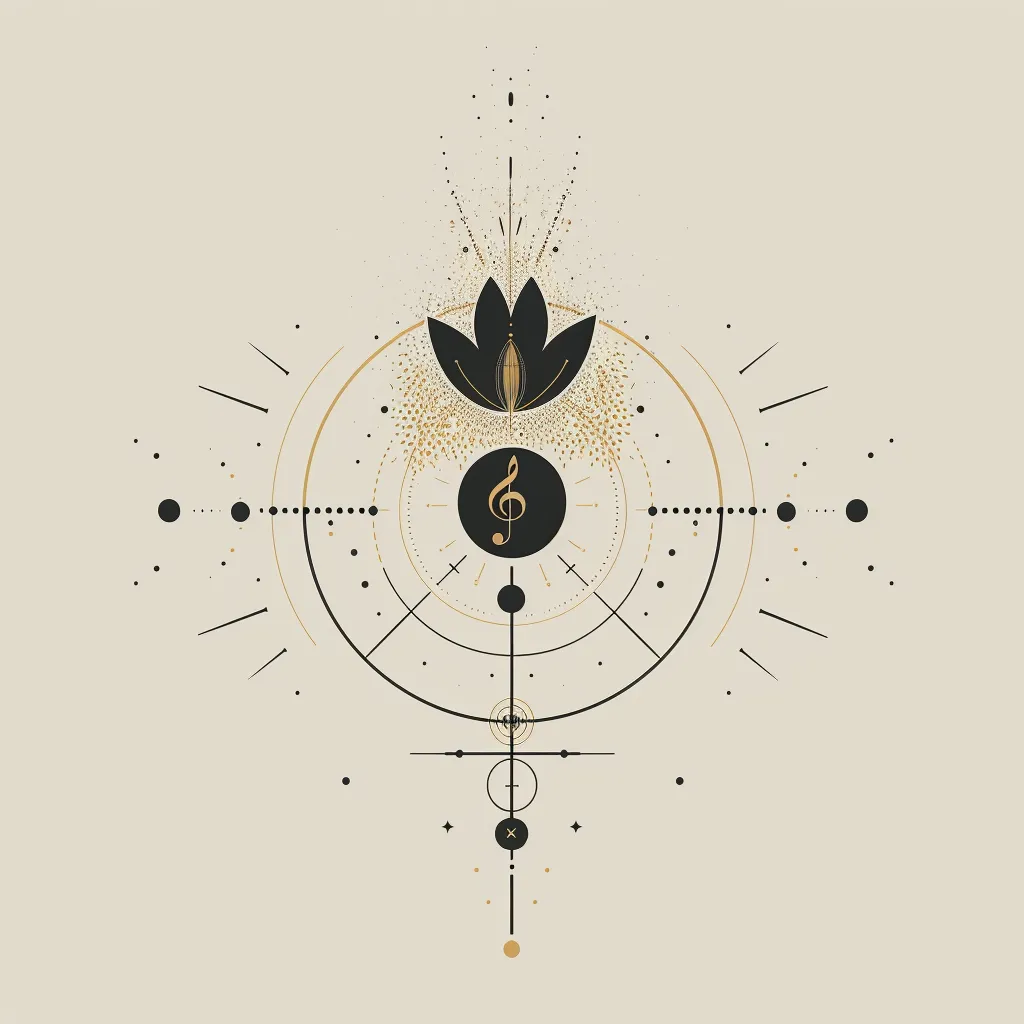Queen – Somebody To Love – Chorus
Somebody To Love < All Analyses
Chord Progression
[‘G’, ‘G’, ‘D/F#’, ‘Em’, ‘C’, ‘D7’, ‘G’, ‘D/F#’, ‘Em’, ‘C’, ‘D’]
Chord Progression Analysis
Here is the chord progression of the Chorus with the full chord names and their corresponding Roman Numerals:
“`
G (I),
G (I),
D/F# (V6),
Em (vi),
C (IV),
D7 (V7),
G (I),
D/F# (V6),
Em (vi),
C (IV),
D (V)
“`
Similar Chord Progressions
1. “Let It Be” by The Beatles also uses an I-V-vi-IV progression in the key of C major:
“`
C (I), G (V), Am (vi), F (IV)
“`
2. “I’m Yours” by Jason Mraz maintains the I-V-vi-IV progression in the key of B major:
“`
B (I), F# (V), G#m (vi), E (IV)
“`
3. “No Woman No Cry” by Bob Marley adheres strictly to the I-V-vi-IV progression in its verses and employs it in the key of C major:
“`
C (I), G (V), Am (vi), F (IV)
“`
4. “Don’t Stop Believing” by Journey: This song also includes the transition from I to a V with an inverted bass note creating a descending line, much like Queen’s “Somebody to Love.”
It’s important to note that while these songs share a similar progression, the feeling they elicit can be different due to variations in melody, rhythm, instrumentation, and lyrical content.
Musical Analysis
In the chord progression of “Somebody to Love,” the recurring I-V-vi-IV progression is clear. This progression is one of the most popular in pop music. The D/F# (V6) is an inversion that gives a smooth bass line descending from the G (I). The D7 (V7) acts as a dominant seventh chord and creates a strong pull back to the return to G (I). Many transitions between chords also involve common tones, allowing for smoother transitions and voice leading.
Overall Analysis
The song, “Somebody to Love” by Queen, utilizes the classic pop/rock harmonic structure while incorporating aspects of blues and gospel music. The harmonic progression is structured around common chords found in the key of G major. However, the way these chords are ordered and arranged is unconventional and adds depth to the song. It reflects the band’s interest in pushing the boundaries of the traditional harmonic structure common in pop music of that time. Queen is known for their innovative use of harmony, which they certainly showcase in this song.
Style Analysis
“Somebody to Love” is a derivative of the blues and gospel styles, with its poignant melodic twists, repeated use of the dominant seventh chord, and progression to the IV chord, which is reminiscent of the move to the IV chord in a standard 12-bar blues progression. The inclusion of the sixth (vi) chord could be seen as an infusion of the relative minor, which adds depth and melancholy to the sound.
What are the chords in: Queen – Somebody To Love – Chorus?
[‘G’, ‘G’, ‘D/F#’, ‘Em’, ‘C’, ‘D7’, ‘G’, ‘D/F#’, ‘Em’, ‘C’, ‘D’]
